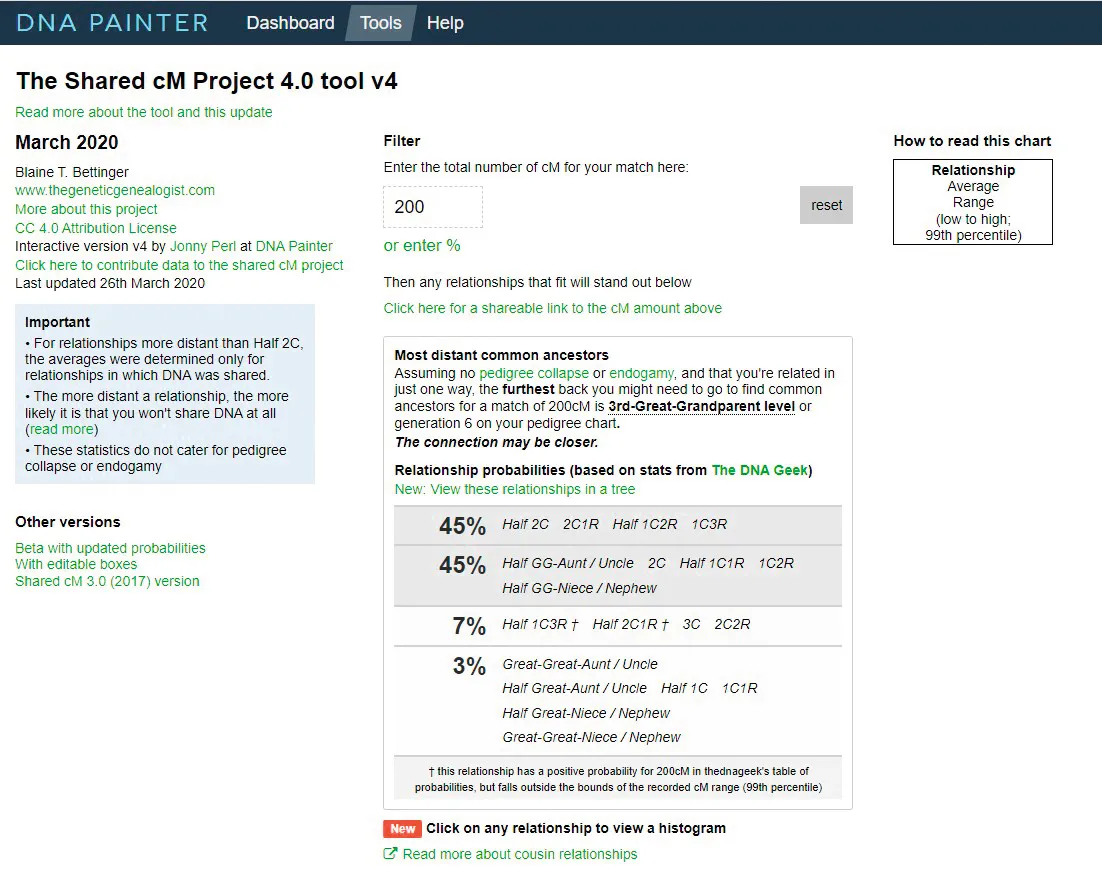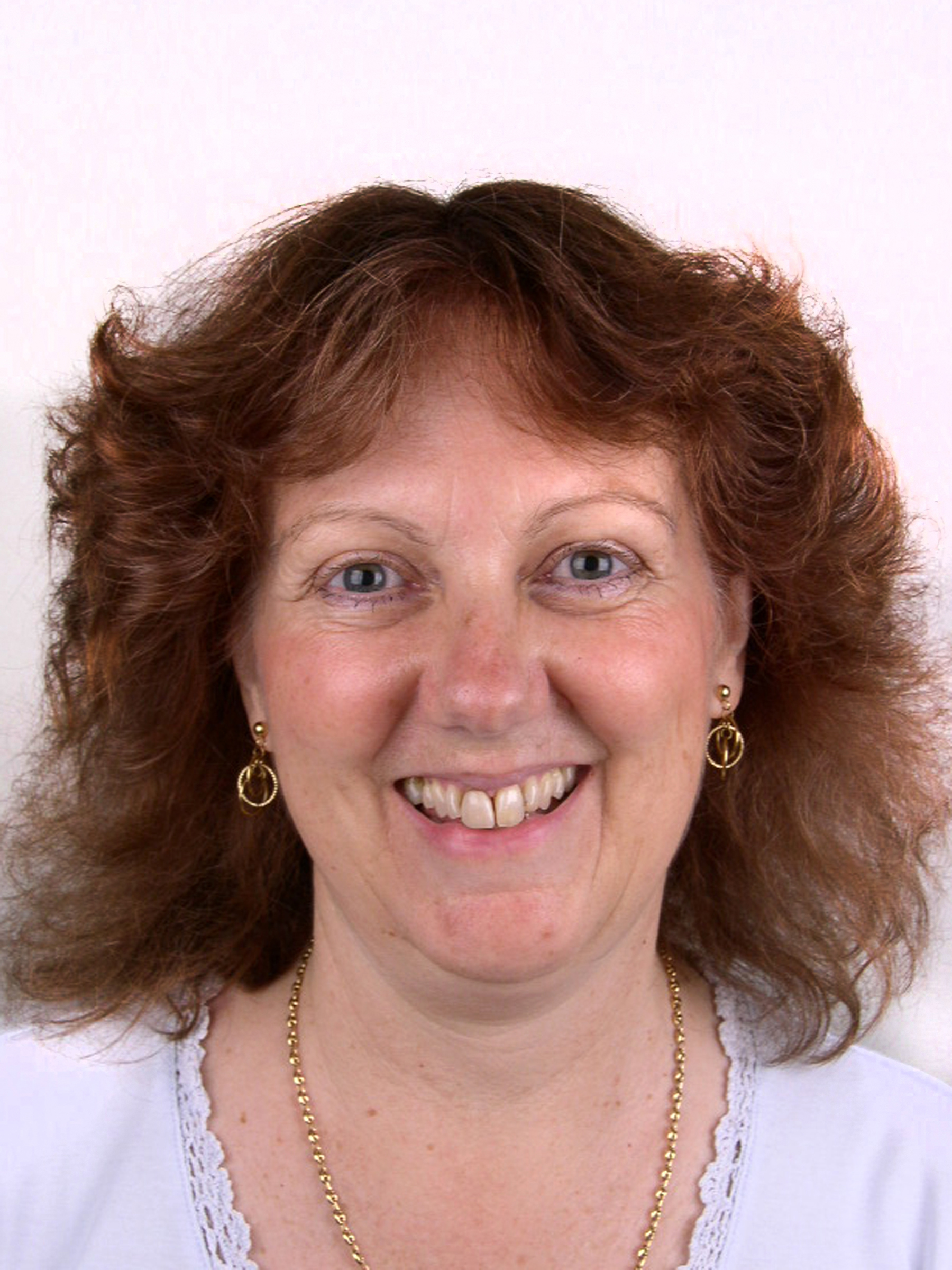What is DNA Painter?
Created by Jonny Perl, DNA Painter is a user-friendly website that accepts uploads from all of the DNA test companies and provides exciting ways to analyse and view your autosomal DNA data. There are also tools for visualising your family tree.
The site’s basic features are free although there is a modest annual subscription of $55 to access additional options, including the ability to upload additional profiles. The website also has a helpful blog and FAQs section, and you can find more advice on its Facebook group.
DNA Painter provides a number of ways of visualising the direct ancestors in your tree to help you interpret DNA results. You can build a tree manually on the website, or you can upload a GEDCOM file and DNA Painter will extract the details of your direct-line ancestors. There are charts with which to plot the inheritance of the Y-chromosome, the X-chromosome and your mitochondrial DNA. You can also mark your autosomal DNA ancestors as genetic ancestors if you have sufficient DNA evidence to confirm the relationship.
What are the key features of DNA Painter?
The Tree Completeness Chart lets you see how many ancestors you have identified in each generation. Tree completeness is important for interpreting autosomal DNA results because, once we get back beyond about five or six generations, we are often genealogically related to our cousins through a number of pathways, many of which we cannot document.
The report will also indicate any pedigree collapse – ancestors who appear more than once in the same spot in your pedigree as a result of cousin marriages. The trees can be displayed as pedigree charts, fan charts or as text, and the colours can be customised.
The ‘Shared cM’ tool is a firm favourite for anyone working with autosomal DNA test results. The centimorgan (cM) is the unit of measurement for determining how closely people are related. If you’ve tested at AncestryDNA you’ll be familiar with the probability tables showing the possible relationships. The other testing companies don’t provide this information and this is where DNA Painter comes into its own. The Ancestry probabilities have been converted into a tool that allows you to enter the amount of DNA shared and generate a chart showing the probabilities of different relationships.

There is also an interactive version of the Shared cM Project, which has collected data submitted by genealogists on the amount of DNA shared from known relationships. This provides a useful comparison with Ancestry’s probabilities, which are based on computer simulations.
Chromosome mapping is an advanced technique where you assign segments of DNA to a specific ancestor or ancestral couple. If you have results from enough relatives you can construct a chromosome painting with segments inherited from different ancestors marked in different colours. Chromosome mapping can help you understand how autosomal DNA inheritance works, and can be useful when working with DNA matches.
It also opens up possibilities of determining which traits, such as hair colour, we can attribute to specific ancestors. DNA Painter allows you to see the location of genes associated with such traits, although research in this field is in its infancy. You will need access to segment data for chromosome mapping. This is only available from 23andMe, FamilyTreeDNA and MyHeritage. If you’ve taken a test with AncestryDNA you can transfer to MyHeritage and FamilyTreeDNA to get additional matches and access the segment data.
Finally ‘What Are The Odds?’ (WATO) is a tool for investigating recent unknown-parentage cases such as a grandfather or great grandfather. It uses combined probabilities to identify the most likely positions in a tree for a target person. You will need to have identified at least two people in the match list of the target person who share a common ancestor, and have done the genealogical work to determine their relation to each other. It’s best used on groups of matches sharing 40 cM or more.
